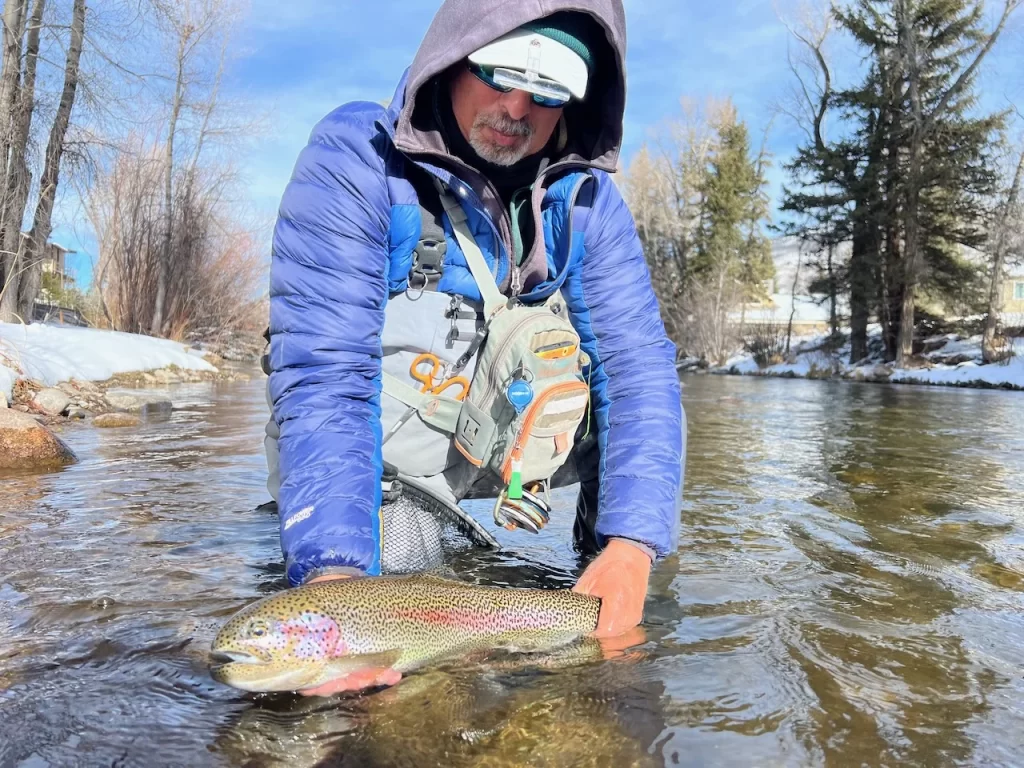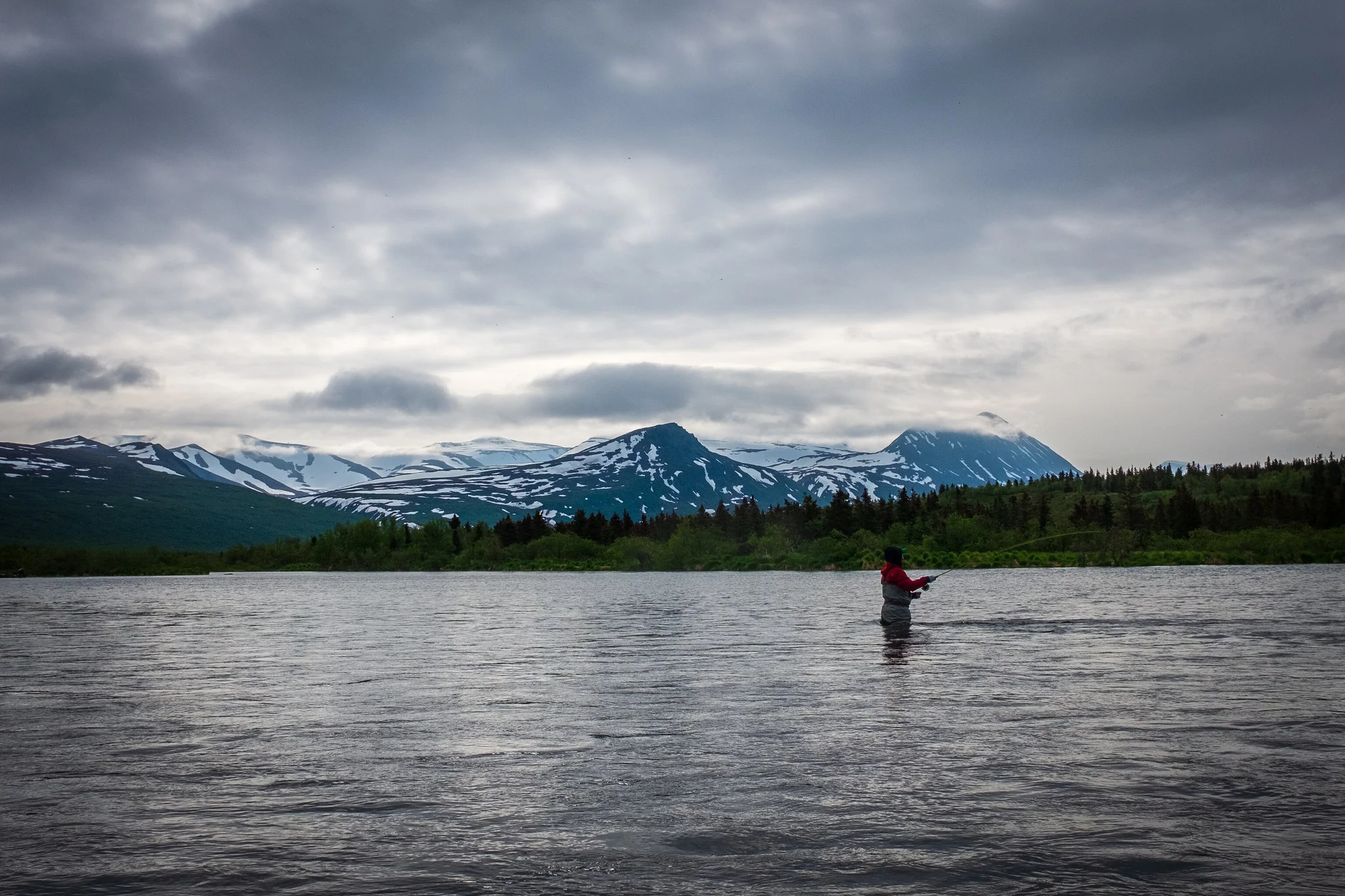When it comes to trout fishing, water temperature plays a crucial role in determining fish behavior. Among anglers and biologists alike, 40 degrees Fahrenheit is often considered a pivotal temperature. Understanding why this number is significant can help anglers time their outings for the best chances of success.
The Impact of Cold Water on Trout Activity
Trout are cold-blooded creatures, meaning their body temperature is directly influenced by their environment. When water temperatures dip below 40 degrees, a trout’s metabolism slows considerably. As a result, they conserve energy by holding in deeper, slower-moving pools and reducing their movement. Their feeding preferences shift towards smaller, slower prey that requires less effort to catch, such as drifting nymphs or midge larvae. Additionally, they may become more selective in their feeding patterns, only expending energy when food sources are abundant and easy to access. This decrease in metabolic rate means they require less food and become much less active, often seeking deep pools or slow-moving water where they can conserve energy. In such conditions, they are unlikely to chase fast-moving prey, making slow, deep presentations essential for anglers.
As temperatures rise toward 40 degrees, trout begin to emerge from their winter lethargy. Their metabolism increases just enough to encourage more active feeding, but they still favor slower-moving food sources. This transition makes 40 degrees a key threshold—when trout start to shift from a state of dormancy to more regular feeding habits.

Why Bugs Hatch at Certain Temperatures
Just as trout activity is influenced by water temperature, so too is the life cycle of aquatic insects. Different species of mayflies, caddisflies, and stoneflies have specific temperature ranges in which they hatch. For many of these insects, the magic number for hatching starts around 40 degrees Fahrenheit, but other environmental factors also play a role. Increased sunlight exposure can accelerate warming in shallow areas, prompting earlier hatches, while water flow can influence oxygen levels and insect emergence timing. Consistent temperatures over several days, rather than sudden fluctuations, often lead to more predictable hatching events.
In cold winter months, nymphs remain dormant or grow very slowly. As water temperatures approach 40 degrees and beyond, the increased warmth triggers hatching activity. For example, Blue-Winged Olives (BWOs) are well known for hatching in cooler water temperatures, often in the early spring or late fall when water temperatures hover in the low 40s. The increased insect activity coincides with the trout’s rising metabolism, creating ideal feeding conditions and excellent opportunities for anglers.
The Perfect Storm for Fishing Success
When water temperatures hit the 40-degree mark, two key things happen:
Trout become more willing to feed. Their metabolism is still slow but active enough that they seek out food more consistently.
Early season insect hatches begin. This provides trout with an incentive to feed near the surface or in the water column where emerging insects are present.
For fly anglers, this means that fishing with nymphs or emerging patterns becomes highly effective. Recommended flies for these conditions include size 18-22 Blue-Winged Olive nymphs, midges in black or olive, and small stonefly nymphs. Slow drifts with these patterns, especially in deeper pools and along seams, can yield excellent results. Slow drifts with small flies that mimic the natural insects hatching at these temperatures can yield excellent results.
The 40-degree mark is a turning point in trout fishing. It signals the end of extreme winter sluggishness, the beginning of increased feeding behavior, and the emergence of key insect hatches. For anglers, paying close attention to water temperatures can be the difference between a slow day on the water and one filled with eager, rising trout. By understanding why this temperature is significant, you can time your fishing trips to maximize success and enjoy some of the best early-season action the water has to offer.


Leave a Reply